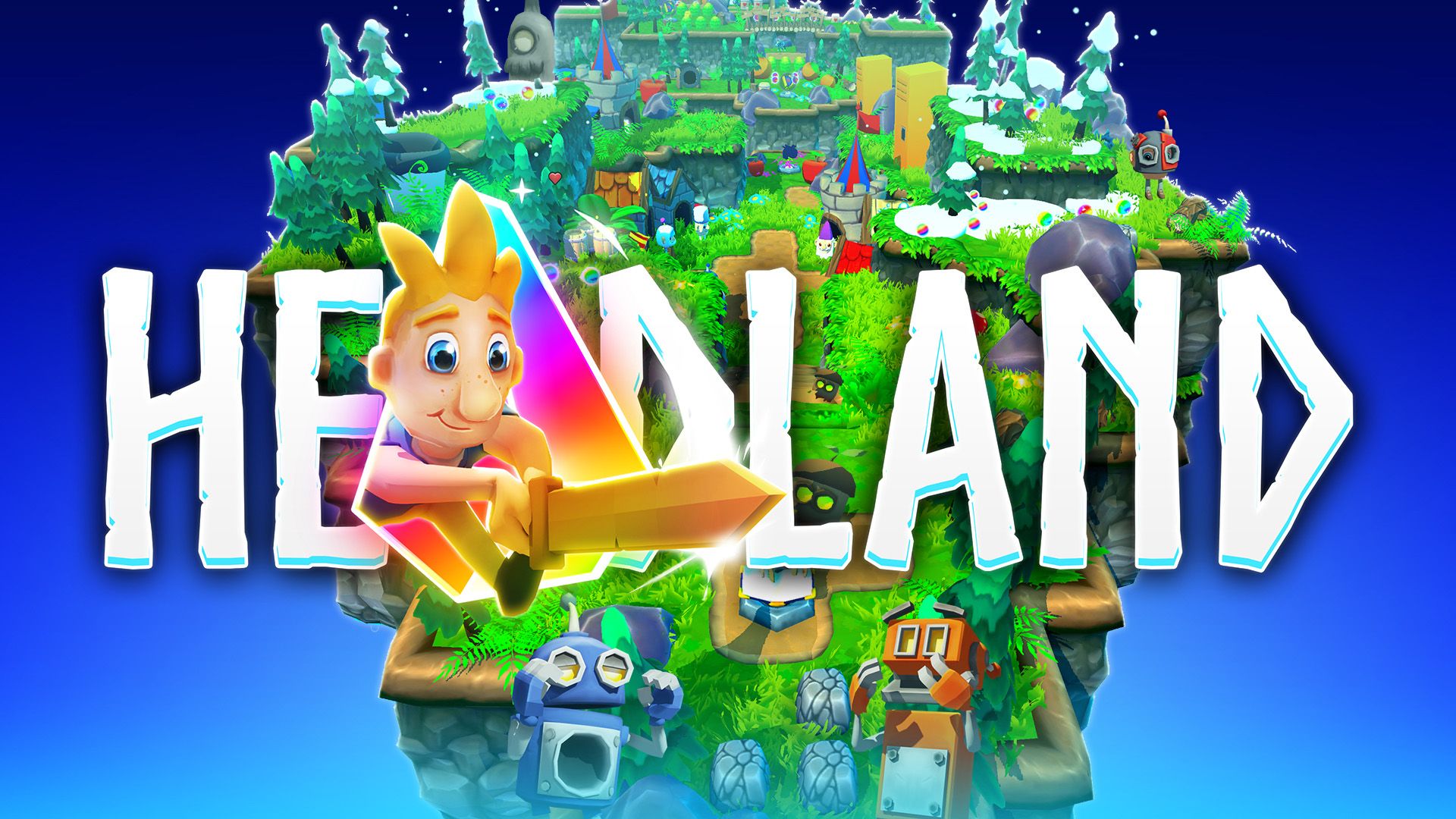Game: “Headland”
Headland


Headland is an action-adventure title originally released as a mobile game at the end of 2020 and now available on the Nintendo Switch. You play a young boy who escapes into a daydream with his robot friend, only to have his robot’s imagination stolen (we’ll get to it) and with it his ability to manipulate the world. It’s cheap and cheerful, sure, though there is a pretty hefty markup over its App/Play Store versions that make it a little hard to recommend on a platform that isn’t exactly short of excellent platform adventure game options.
At A Glance
| Scores | |
| Visuals | 5 /10 |
| Sound | 6 /10 |
| Gameplay | 6 /10 |
| Overall | 6 /10 |
| Positives | + Fast paced adventure + Easy enough for younger players + Engaging combat |
| Negatives | – 75% price hike over mobile – Not much depth – Lacklustre graphics |
| Price (When Reviewed) | £17.99 |
| Our Playtime | 5 Hours |
| Available On | Nintendo Switch |
I guess the robot having his imagination stolen might need some context to make any kind of sense. The robot has an imagination core, you see, which allows him to shape and control the daydream world. But the villain of the piece, a rather disconcertingly phallic-like worm-thing, shows up and steals this MacGuffin, and so the game commences. Imagination is the main resource you’ll pick up, and you’ll use it to imagine bridges and things to traverse the levels. It’s functional, though ironically not all that imaginative.
Combat in Headland has a surprising amount of depth, for all the kid-friendly aesthetics. Enemies telegraph their attacks, though the window for a dodge is quite tight, while some will use distracting attacks that stun you rather than dealing damage. These require a specific button press to unlock your movement and, interestingly, they stack, which can lead to some tense moments while you fumble for the correct prompts. You have various options for levelling and upgrades as you go, giving a wide choice of character builds and certainly more complexity than I was expecting from the game. Despite that it all mostly works intuitively enough that it’s easy enough to pick up for a younger player – my own four-year old managed well enough, though needed someone to take over for a few tougher encounters.
Exploration was less engaging; for the most part just walking from area to area while hoovering up the resources and imagination… balls? as you go. You’ll occasionally come to a gap you can’t cross, and need to “imagine” a bridge, so you’ll need enough imagination balls to do that. I don’t know why you can’t just remember the last bridge you imagined, but hey. It’s simple and straightforward enough to avoid being annoying, and frankly I never found myself needing to go scouring any areas or digging for secrets to have enough imagination to progress.

An area where the game struggles is in its visual design. It’s all very basic and quite asset-store-y in appearance. Again to come back to that price point, the £20-and-under adventure/platform bracket on the Switch is a crowded field, and there is plenty in it that stands out with more imaginative design, graphically fidelity, or indeed both, than Headland.
The price is particularly noteworthy when considering that the game also released on Android and Apple, where it is a free download that can be upgraded to the full version for a fiver. For that price I’d recommend Headland to anyone with a younger player in their household easily, but as it stands you may want to wait for a sale.

Overall Headland on the Switch sits at a slightly odd place. It’s a budget game but at too high a price, with very basic graphics but some pleasantly surprising depth to the combat and character build options. It’s certainly kid friendly, and good training wheels for someone looking to move onto challenging fare, but hard to recommend on this platform when it’s available elsewhere at far better value for money.





In the interest of full disclosure, the publisher provided VGamingNews with a copy of the game in order to conduct this review.






